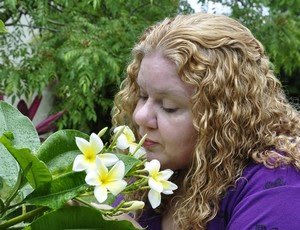Ask the Perfumer - Oct. 28, 2012 - cancelled

Ask the Perfumer for today is cancelled on account of gardening :-) There's lots to be done to prepare for the lunar-based planting days ahead. In Miami, our crops grow best between October and April, so I have lots and lots of veggies and pretty flowers to plant. See you next week! Google translated this little Norwegian ditty as: Tink leaves havens and tomatoes cucumbers and salads are solar comrades. I have an email into a Norwegian friend to get an alternate. The image is just so cute! Yes, I do sing a little to my plants. I have a riff on Figaro that is to the tuberose ;-) Add caption A little Anya's Garden Perfumes trivia: when I started Anya's Garden Perfumes in 2006, I originally used seed packets for my samples. Here is the label I made for the sample/seed packets.







